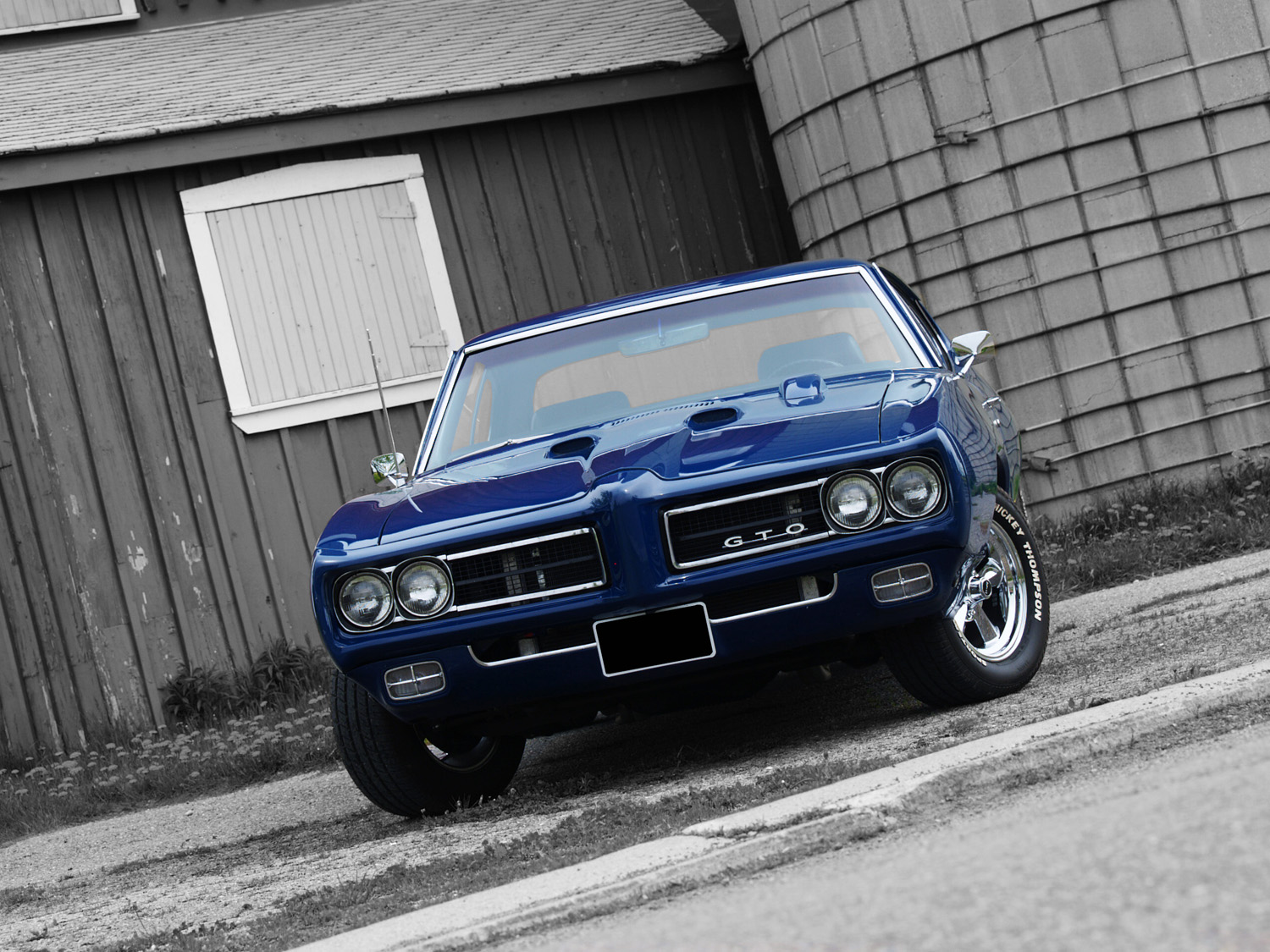
Words: Clive Branson
The Plymouth Roadrunner’s debut in 1968 put a dent in Pontiac’s rather complacent attitude. For the first time in GTO’s history, the Roadrunner bit into the GTO’s market share, and everyone at Pontiac felt it. A lot of nerves had been frayed, yet they assumed their existing Tempest could compete against such a rival, and on paper, they seemed equal - but Pontiac’s Chief Engineer, John DeLorean, didn’t like the comparison, realizing it would hurt GTO’s image. And if anyone should know, it was the designer who put American car manufacturing on its head with the introduction of the GTO back in 1964 – America’s first ‘muscle’ car.
His plan was to attack the upper echelon of the Mopar market by building the ultimate machine. DeLorean came up with the 1969 version of the GTO that backed up his words. It was anything but subtle. With its well-needed swagger, it looked like it just came out of Gold’s Gym, pumped up in all the right places, including a racier grille, new side-marker lamps, new tail lamps and an obvious 60” rear wing. It had clout, teeth and power to burn, re-setting the benchmark for muscle while saving Pontiac’s financial bacon. Although other manufacturers had built muscle cars with more acceleration, the ’69 GTO was equipped with a fully-integrated package that combined ride comfort, handling, style and performance – all at an acceptable price tag – making it very tough to beat.
This certainly wasn’t lost on Joe Enberg, growing up as a fan of the late ‘60’s and ‘70’s GM A-bodies. One of his brothers already owned a 1969 GTO, so Joe knew about its heritage, and it only encouraged him in wanting one too.
“My older brother has 10 years on me," he explained, "and I grew up watching him build Chevelles, Valiants, Darts and Cameros. His 1976 427 Camaro was the muscle car to beat in the small town where we grew up. So you could say that my obsession with muscle cars was my older brother’s fault. My younger brother had owned the GTO for six years and I had been coveting it for the last two years, dropping ‘subtle’ hints like, ‘You should really sell me your GTO.’ Finally, after almost two years of my nagging, he relented and agreed to sell it to me.”
At the time of writing his article, Joe has had the car for two years and has already put on 17,000 miles.
“She’s a driver," he said. "I’m not interested in a ‘trailer queen.’ The car is in great shape and only had 48,900 miles on her. The only change that I have made to date is the addition of the B&M ratchet shifter. My brother is the one who deserves credit for the restoration. He sent the dash to California for new vinyl, re-did the roof liner to factory spec’s himself, installed all rubber bushings and dampeners, including body mounts, dropped in a 200R4 transmission and added an Edelbrock intake and carburetor package as well as a set of headers. The 400 block, cam and internals are all stock as is the rear end. It pushes the redline at 365hp, but still possesses tire-incinerating speed. It also has excellent road manners. In fact, I prefer driving the ’69 GTO to my 2008 Malibu LTZ. The hardest part to maintain is a full gas tank, but even after only two years, I’m still giddy about owning the car. It’s a dream come true.”
The original paint job was a Carousel Red, but the Liberty Blue Poly gives the car a sinewy look that is just too difficult to tear one’s gaze away. Joe confesses that the moment he sits behind the steering wheel and feels the rumble under his seat, he is immediately transported back to his youth. Joe asserts that the ideal owner of such a car had better be able to accept a lot of attention and be willing, like all muscle owners, to spend some money. “The car is a passion,” Joe admits, “and that passion for these cars should be shared with others. I am not one of those ‘please do not touch’ kind of guys. I’m much more of the opposite, encouraging others to experience what it’s like to sit inside this iconic vehicle.” As far as the future of classic cars, Joe believes that there has been a strong resurgence in the hobby with the interest in preserving the Baby Boomers’ youth through the preservation of these cars, but you have to drive them to really enjoy them. “It does not belong behind ropes to be looked at. It deserves to be driven!”







